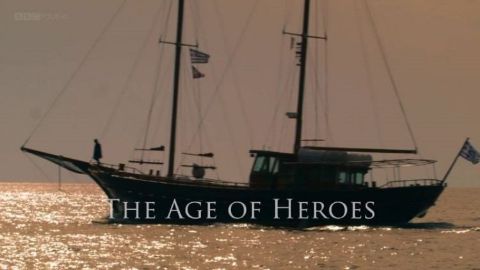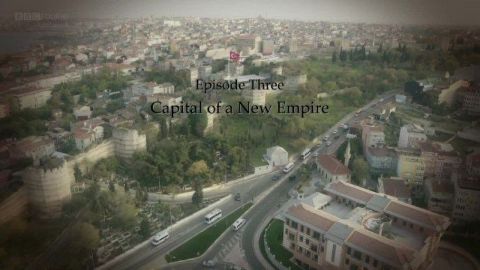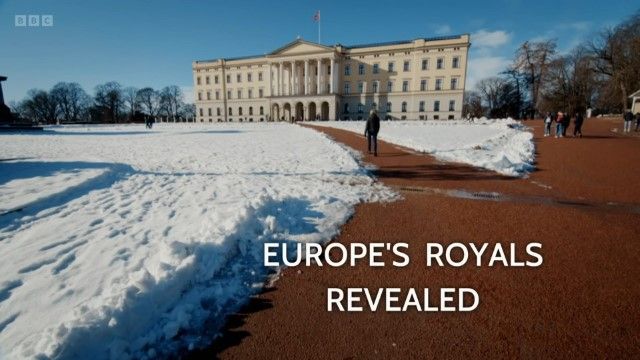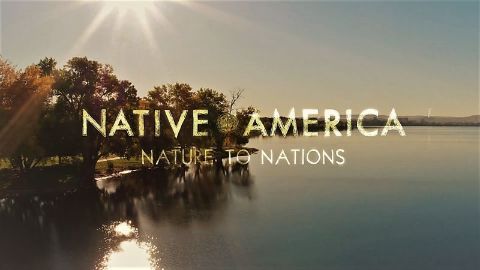The Age of Heroes • 2015 • episode "S1E1" • Treasures of Ancient Greece
Alastair explores the surprising roots of Greek art, beginning his journey in Crete at the palace of Knossos, legendary home of the Minotaur. He travels to Santorini to the 'Greek Pompeii', and finds gold in the fabled stronghold of Mycenae and dazzling remains from Greece's Dark Ages. Alastair discovers the beginnings of a defining spirit in Greek art, embracing mythology, a passion for symmetry, and an obsession with the human body.
Make a donation
Buy a brother a hot coffee? Or a cold beer?
Hope you're finding these documentaries fascinating and eye-opening. It's just me, working hard behind the scenes to bring you this enriching content.
Running and maintaining a website like this takes time and resources. That's why I'm reaching out to you. If you appreciate what I do and would like to support my efforts, would you consider "buying me a coffee"?
Donation addresses
BTC: bc1q8ldskxh4x9qnddhcrgcun8rtvddeldm2a07r2v
ETH: 0x5CCAAA1afc5c5D814129d99277dDb5A979672116
With your donation through , you can show your appreciation and help me keep this project going. Every contribution, no matter how small, makes a significant impact. It goes directly towards covering server costs.








